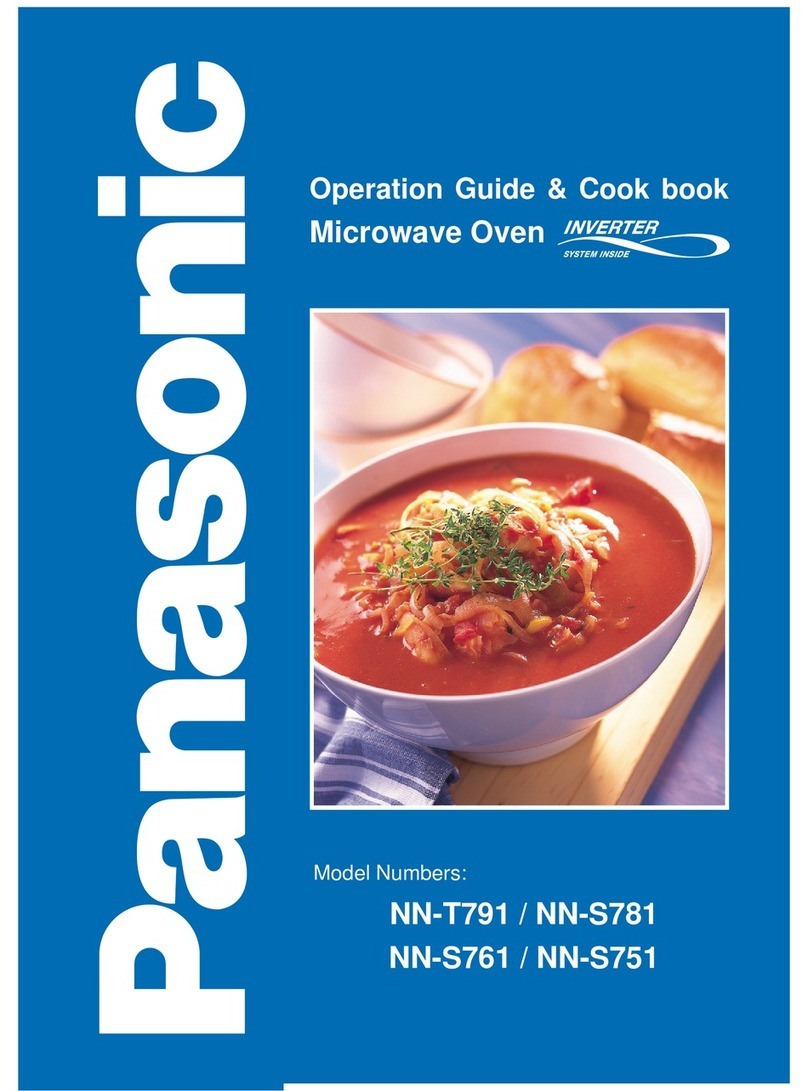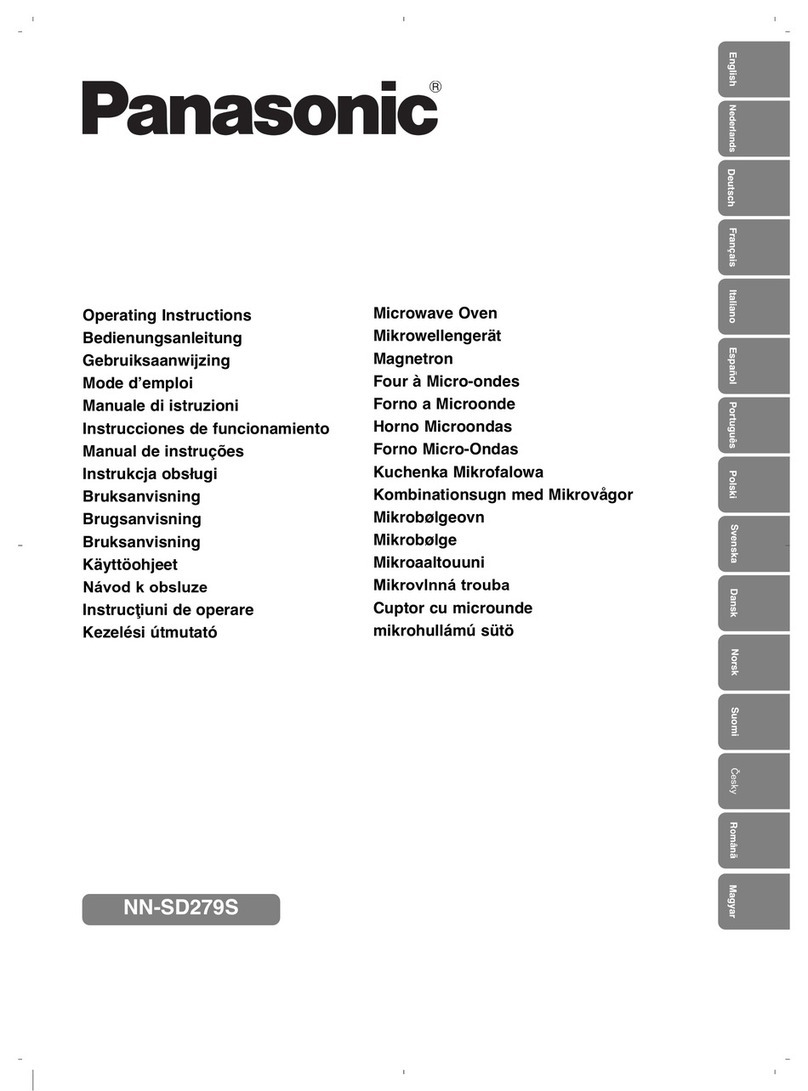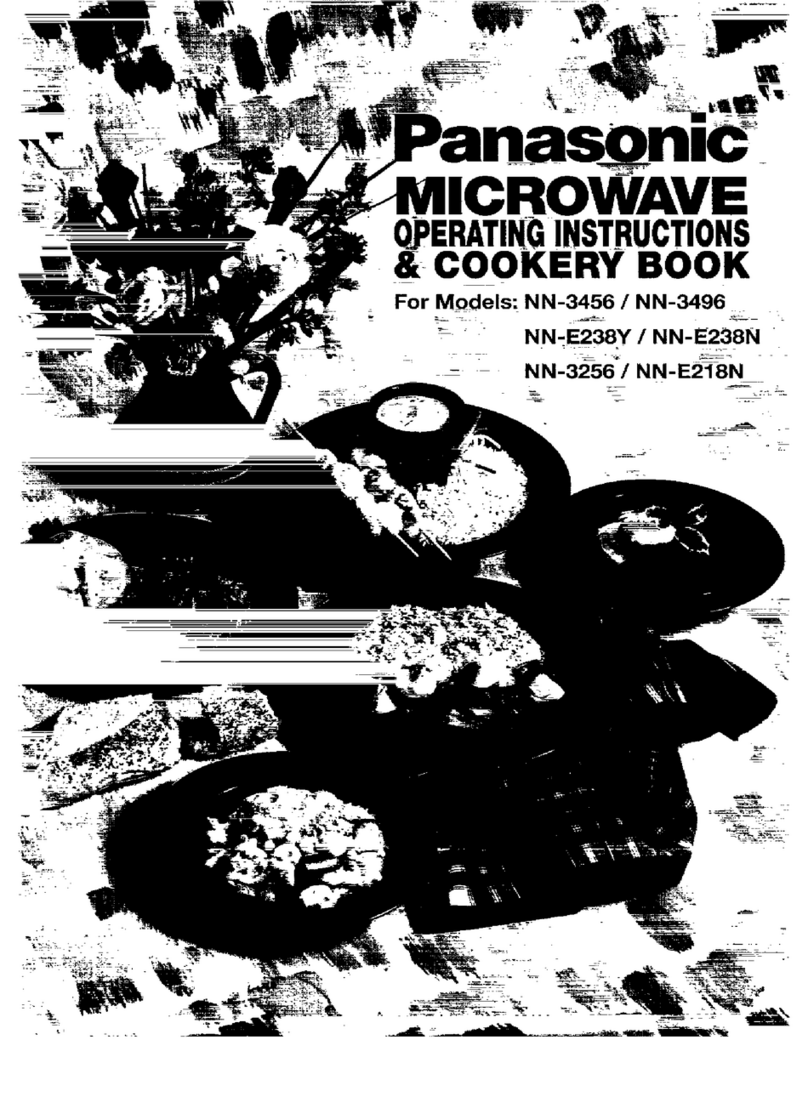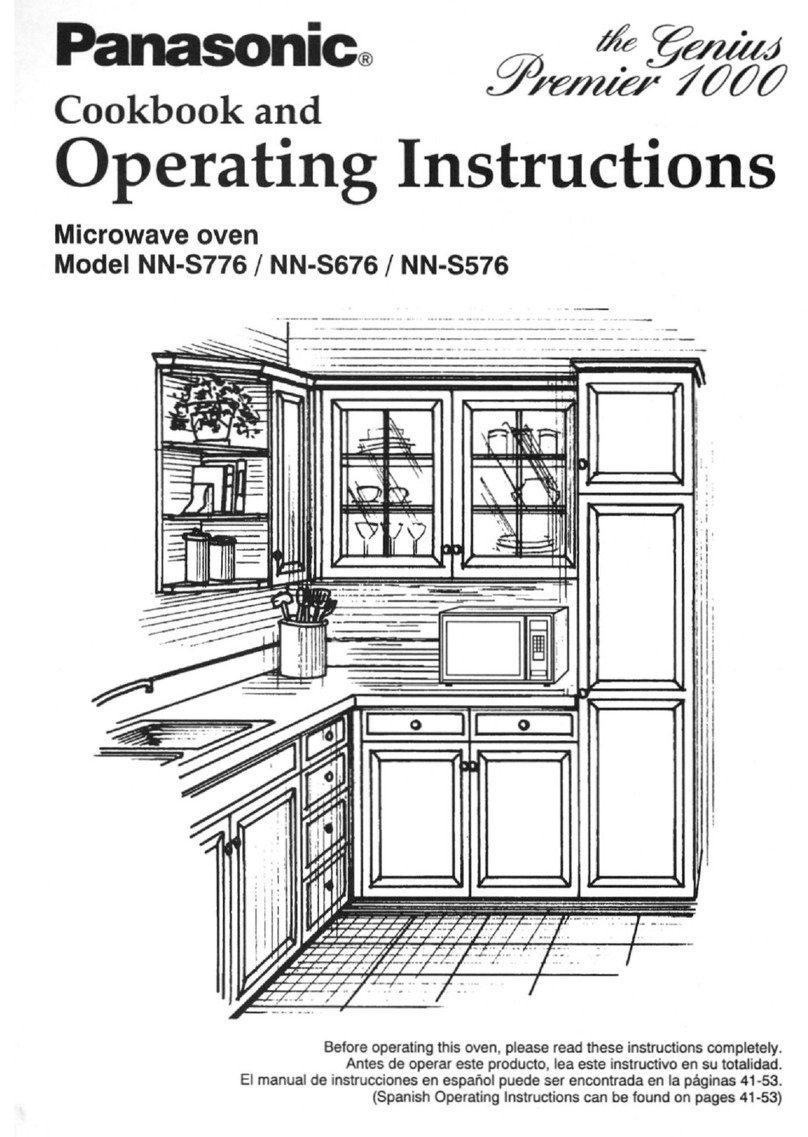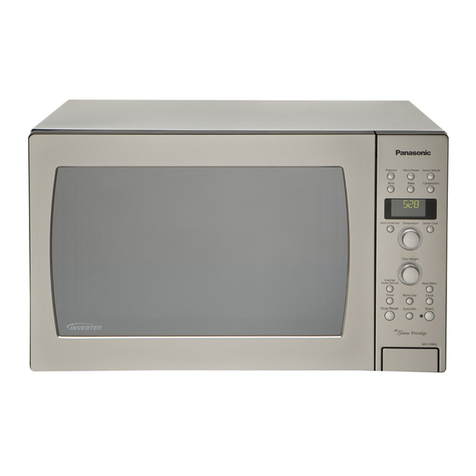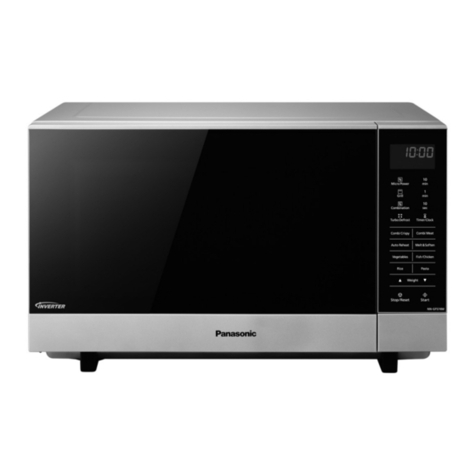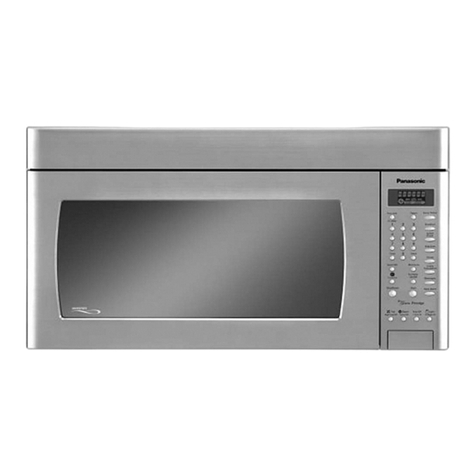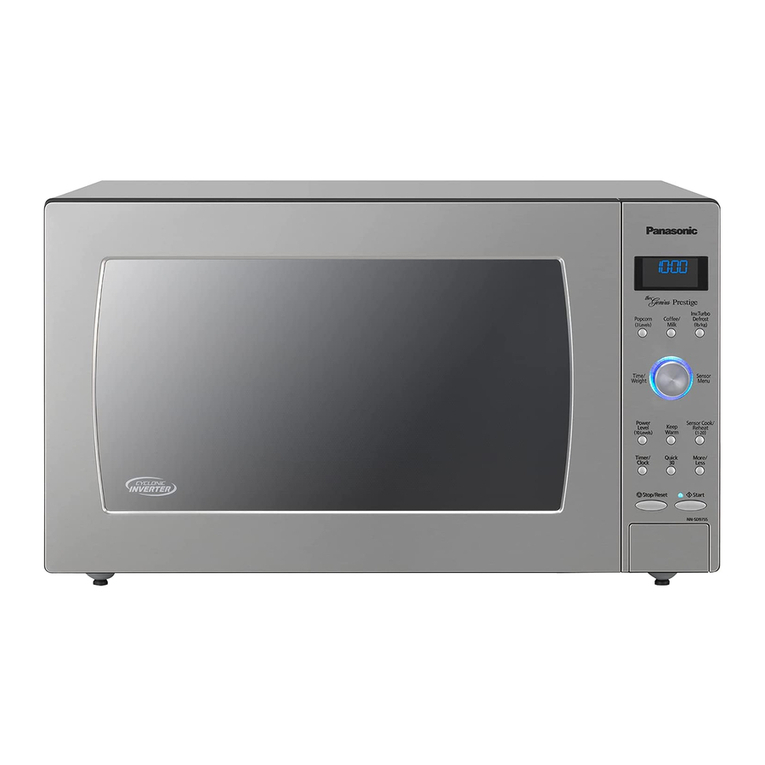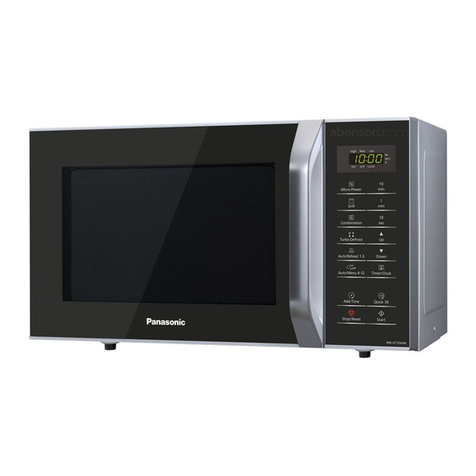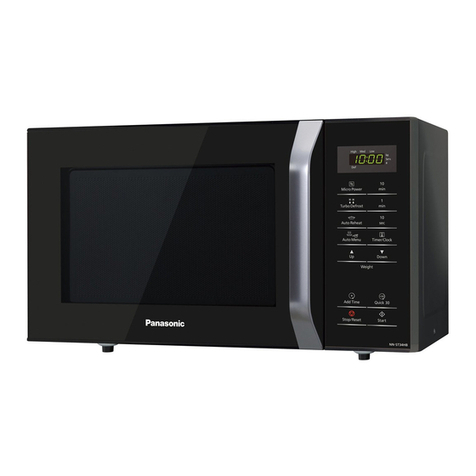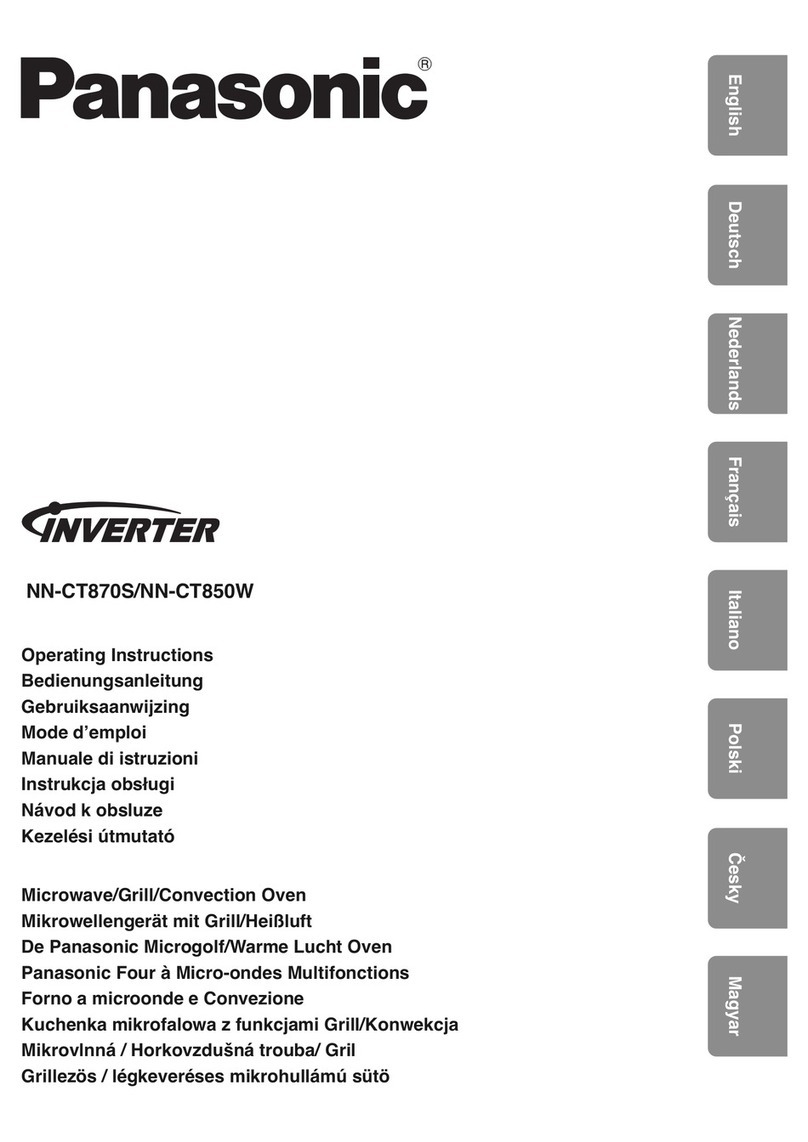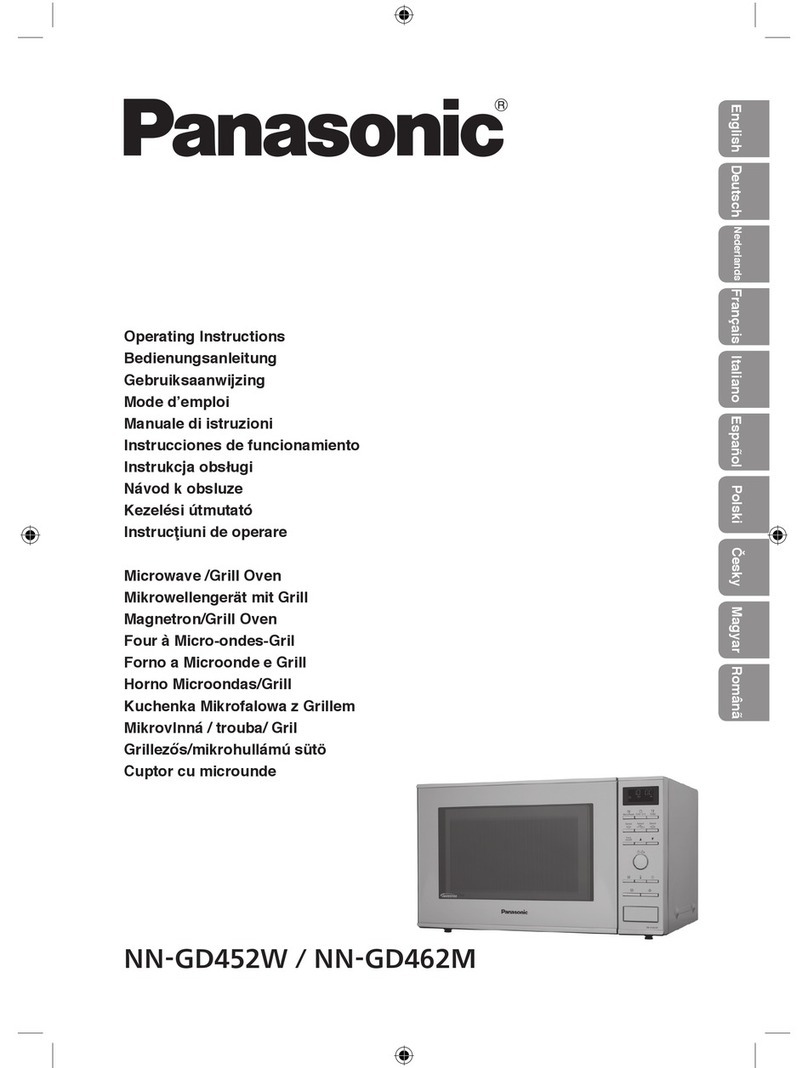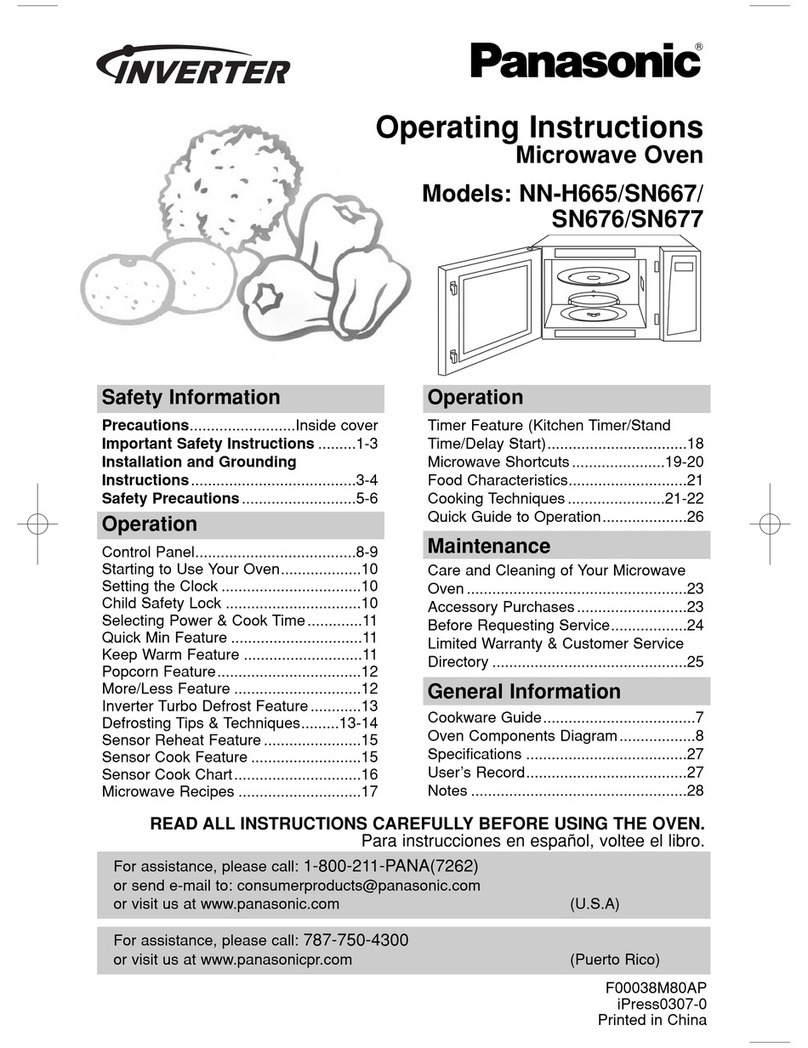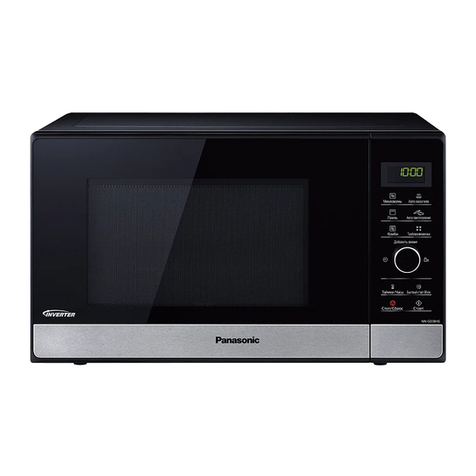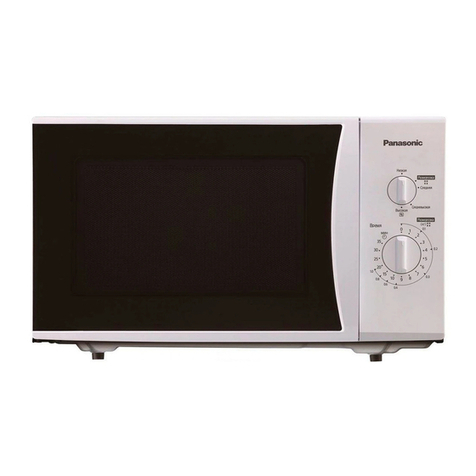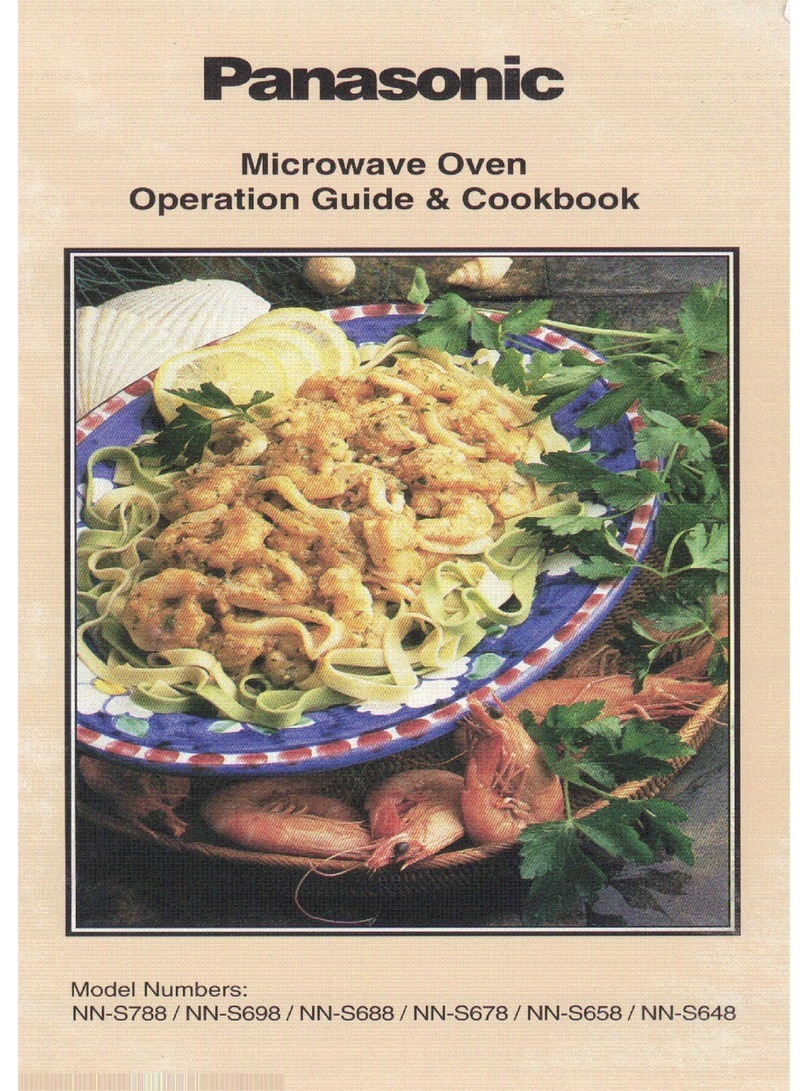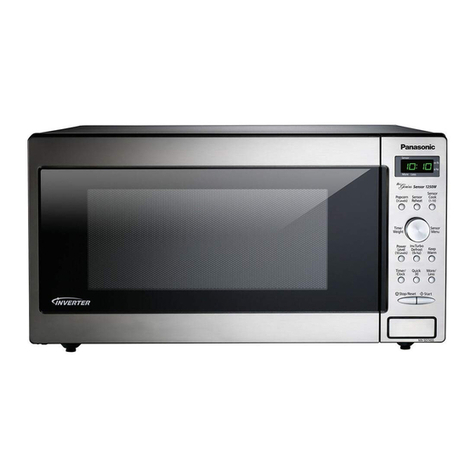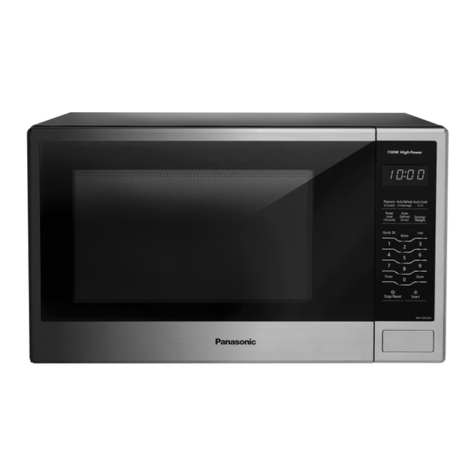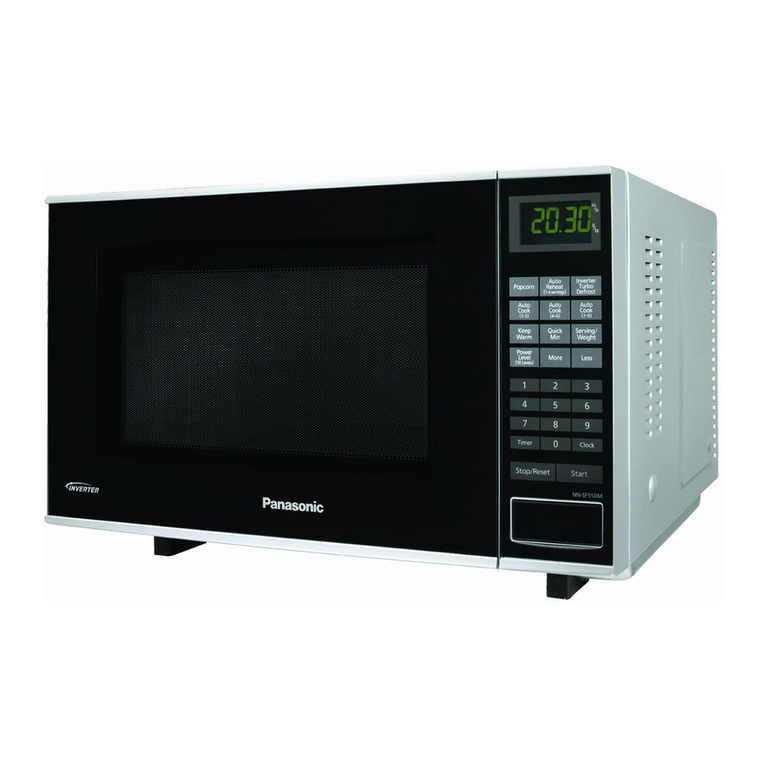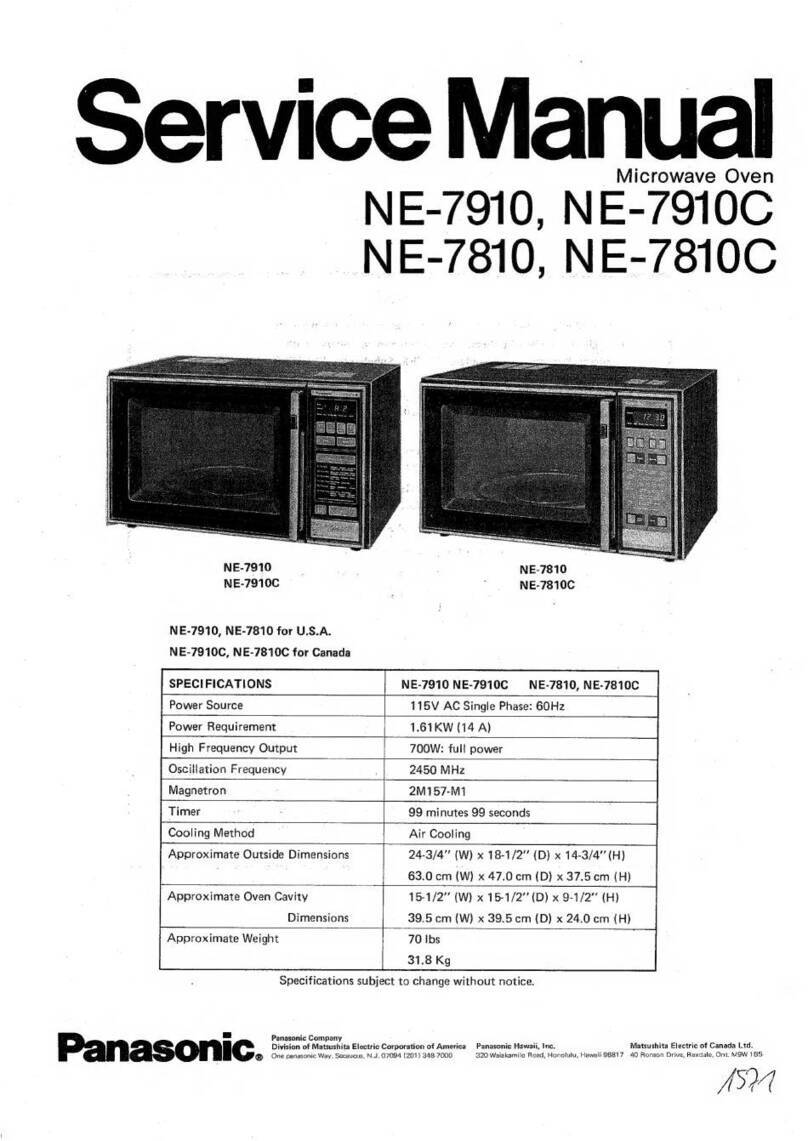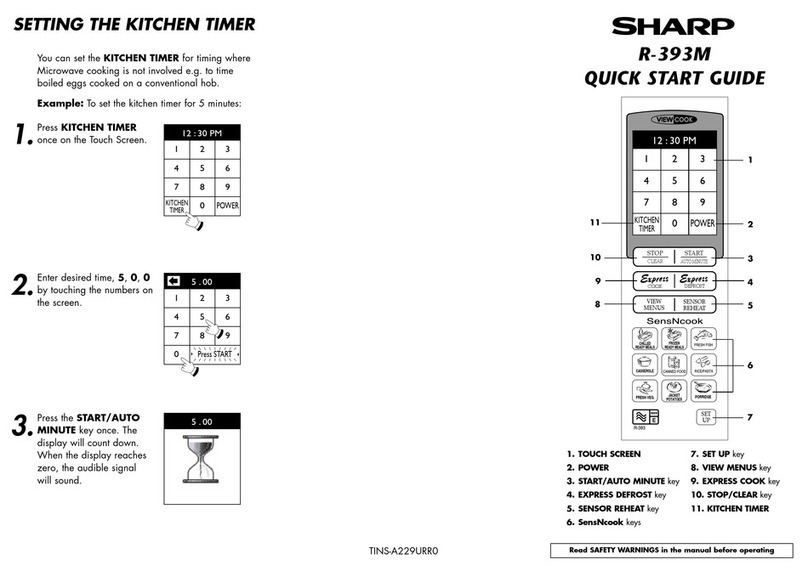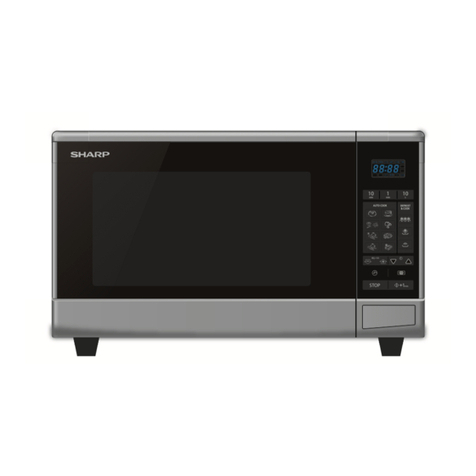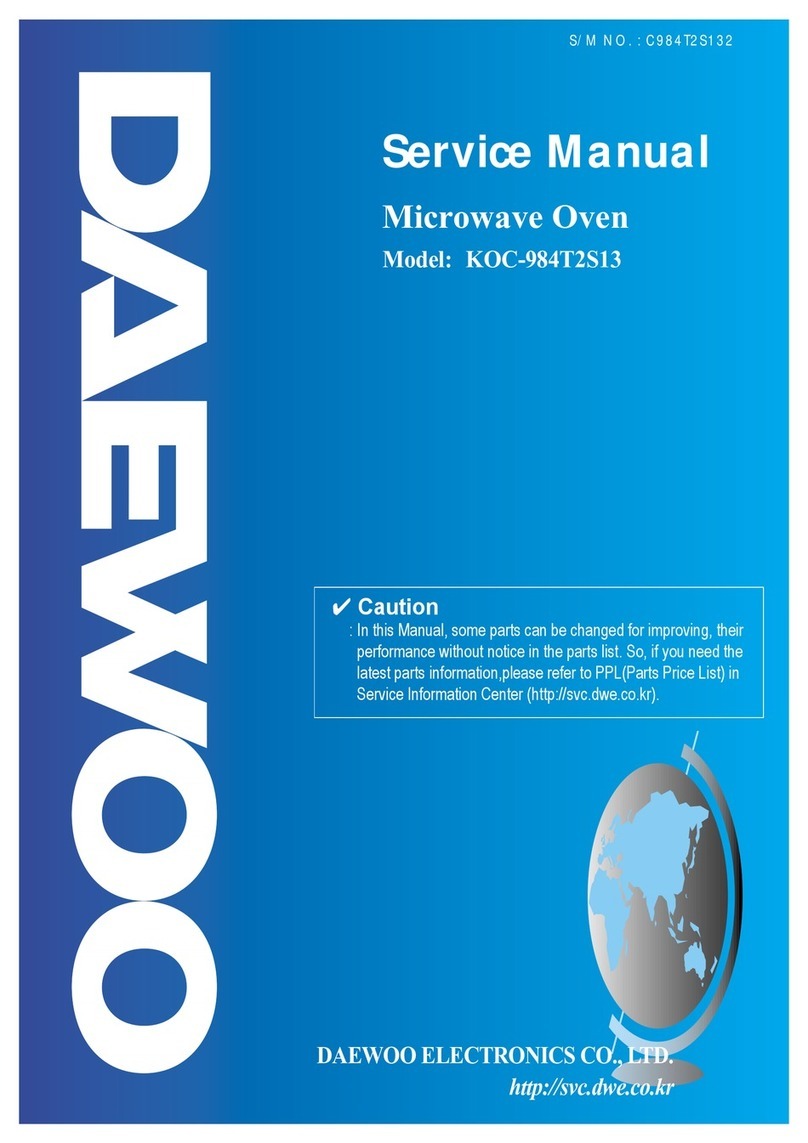
Thank
you
for purchasing
the
Panasonic
!JJread
!JJake!Y_®,
SD-YD150.
For optimum performance
and
safety, please read
these
instructions carefully.
Th
is unit
is
for household
use
only.
Table of Contents
IMPORTANT SAFEGUARDS........................·.........................................................................2
Basic features.............................................................................................................................
...
3
Baking processes..........._............................................................:...................................... 3
---
4·
Parts identification.
......
..
.........
....
...
..................................
....
....
...............................................
...
5
Control panel-display/functions...............................................................................................6
How
to
use
.,
.................."········-················
·····
·
····
..
····r···········..............,..................................7---9
To
use
the
timer
(BAKE
and
BAKE SANDWICH modes only)............................................
10
Slicing and storing
the
bread.................................................................................................10
To clean...................................................................................................................................
11
Specifications........................................................................·...................................................
-11
Abnormal cond·itions.............................
.....
............................................-...................................
12
Leakage of bread ingredients from the bread
pan
................................................................
12
To ·bake tasty bread........................................................................................................
13
---15
·
Characteristics
of
ingredients............................
...
.....................................-
...
..............13---15
Differences
in
baking
res
-ults.........................................................................................
.....
-16
Before calling
tot
service...............................................................................................
17
---18
.
Problem
.
~
.,
and causes
on
breads baked
in
DOUGH modes
..
..............................................
19
a & A
....
~
.....................................
....
.-..............
...
......
..............
.....
..............................................19.
Recipes...................................................................................
...
....
.................................20
---
34
Basic-Bake/Bake
Rapid
mode........................................._..........................................20---22
Whole Wheat-Bake/Bake Rapid mode...............................................................................2·2
Multigrain-Bake mode.........................................................................................
......
-23---...
24
Basic-Bake Sandwich mode...............................................................................
.....
..
.......·25
Whole Wheat-BakeSandwich mode.................................................................................25
Basic-Bake
Raisin
mode.......................................................................................
......
..
.
...
.
..
26
Whole Wheat-Bake Raisin mode......................................................................................
-26
Basic-Dough mode....................................................................................................27
---
·
31
Whole Wheat-Dough mode................................
.................
...............................................
...
32
·
Multigrain-Dough-mode.............................................
..
................................
......
....................33
Basic-Dough Raisin mode.............................................................................................;
...
_
..
34
Whole Wheat-Dough Raisin mode...................................................................................34
